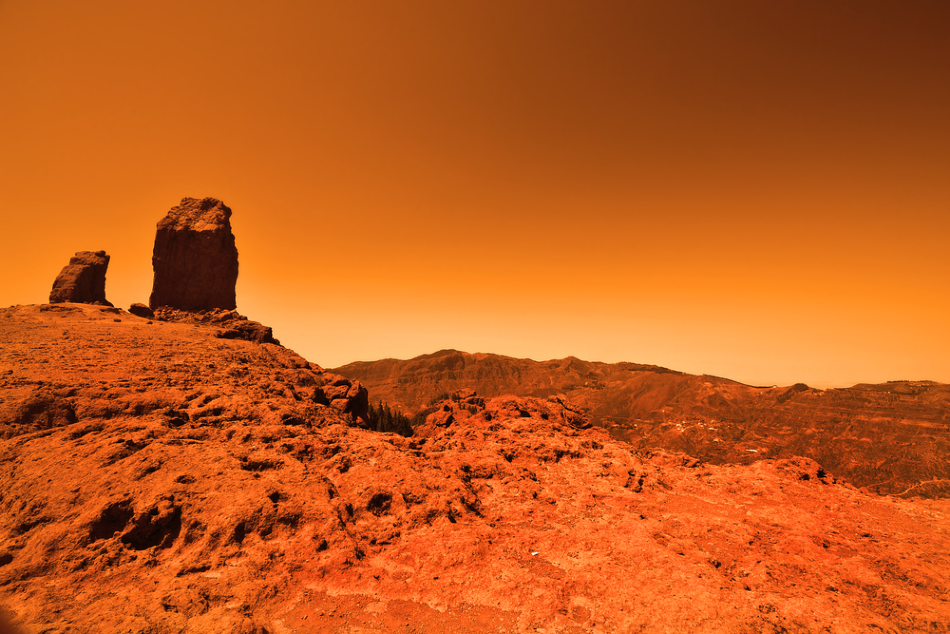This July, NASA plan to launch their Mars 2020 mission Rover from the Kennedy Space Center. The aim of the mission, which will cost around $2.5 billion, is to continue to search for life on Mars, using robots to explore the surfaces to answer key unanswered questions about life on the Red Planet.

Image Credit: esfera/Shutterstock.com
NASA’s mission will be one of at least four launching this year
Back in May 2018, NASA’s Mars lander, known as InSight, was launched to the planet to prepare for future explorations. NASA has since announced that 2020 will be the year that will see the continuation of our exploration of Mars.
In July, the Mars 2020 rover will be launched from Cape Canaveral to investigate regions of ancient habitability. The mission is one of several that are being launched this year from international space agencies. The European Space Agency and Russia will also be launching their Mars rover in the same month, and the UAE and China are also planning rover missions.
The first Friday of the new year saw over 50 international journalists invited into the Jet Propulsion Laboratory in La Cañada Flintridge to gain insights on how scientists are preparing the rover for the mission. Measuring 7-feet high, 9-feet wide and 10-feet long, the robotic rover is kept in meticulous condition in preparation for its summer launch.
Preparing the rover for its mission
The rover is completely protected at all times to prevent any microbes or particles from the earth potentially impacting data that the vehicle collects from space. The engineers at the laboratory are working tirelessly to keep the rover in pristine condition, keeping it protected from the earth’s environment right through its journey to Cape Canaveral
The rover is always covered, and when it is transported, it is carried aboard a specially designed flatbed truck. Daily, scientists and engineers go to great lengths to ensure that organic particles, such as hair and skin flakes, are eliminated from the vehicle.
Is there Life on Mars?
The rover will be sent specifically to Mars’s Jezero Crater, a delta river on the surface of the planet. The mission will be part of a series of efforts to continue the robotic exploration of Mars, to collect data that could potentially answer the highest-priority questions that scientists have about life on the planet.
The mission will be searching for signs of previous habitable conditions, as well as looking for signs of past microbial life. Core samples of rocks and soils will be collected with the use of a drill, which will be stored on the planet until a potential future moment when they are transported down to earth where they could be analyzed in laboratory settings.
In addition, the mission would allow scientists to grow their knowledge that would benefit future missions to Mars, as well as provide the opportunity to test out technologies that may help address future challenges of human expeditions on the planet. For example, the mission will be exploring the suitability of a potential method for producing oxygen from the alien atmosphere, as well as improving landing techniques, identifying resources, studying weather, dust, and other environmental conditions that could impact on human activity.
The mission will be launching in July because this is the point in the year when the two planets, Earth and Mars, are positioned in a way that means it takes less power to travel to Mars. Data is expected to be reported back fairly quickly once it lands in 2021, although in-depth analyses of what they find may take longer.
Disclaimer: The views expressed here are those of the author expressed in their private capacity and do not necessarily represent the views of AZoM.com Limited T/A AZoNetwork the owner and operator of this website. This disclaimer forms part of the Terms and conditions of use of this website.